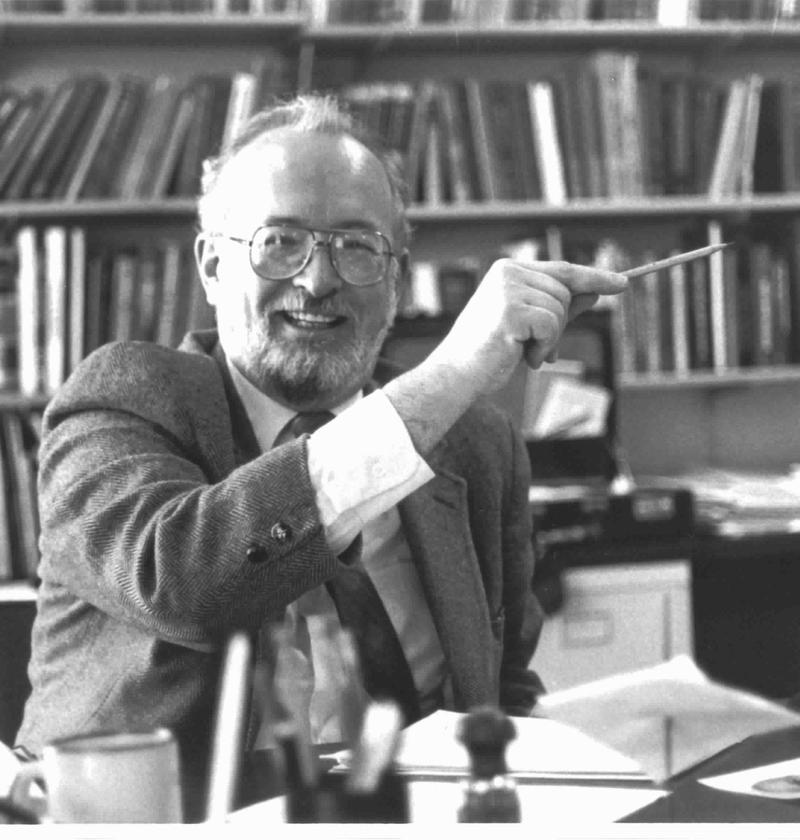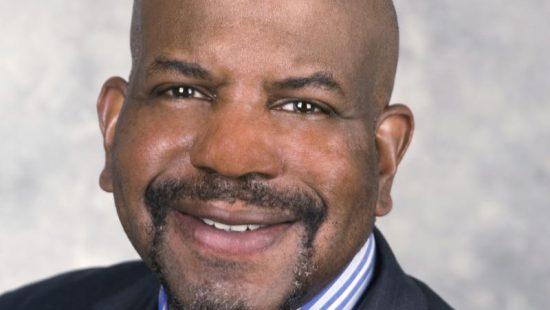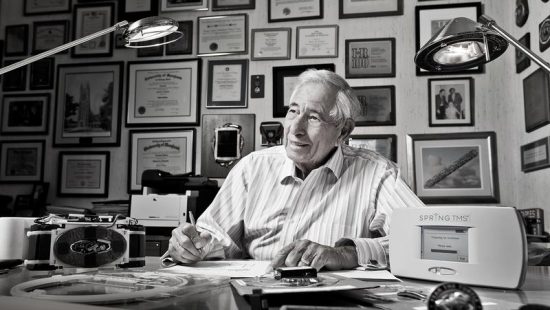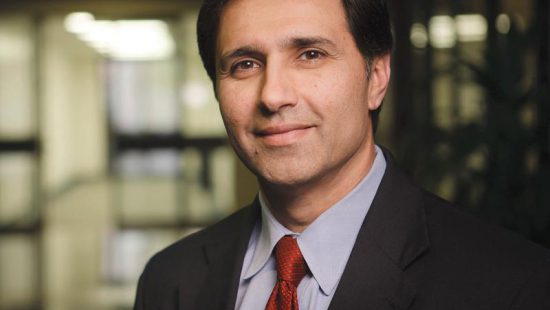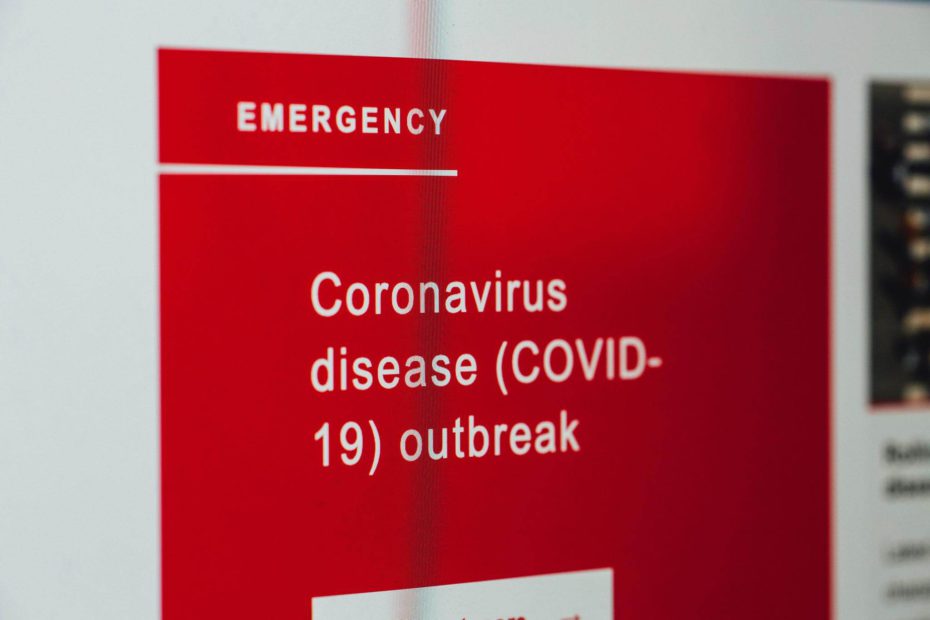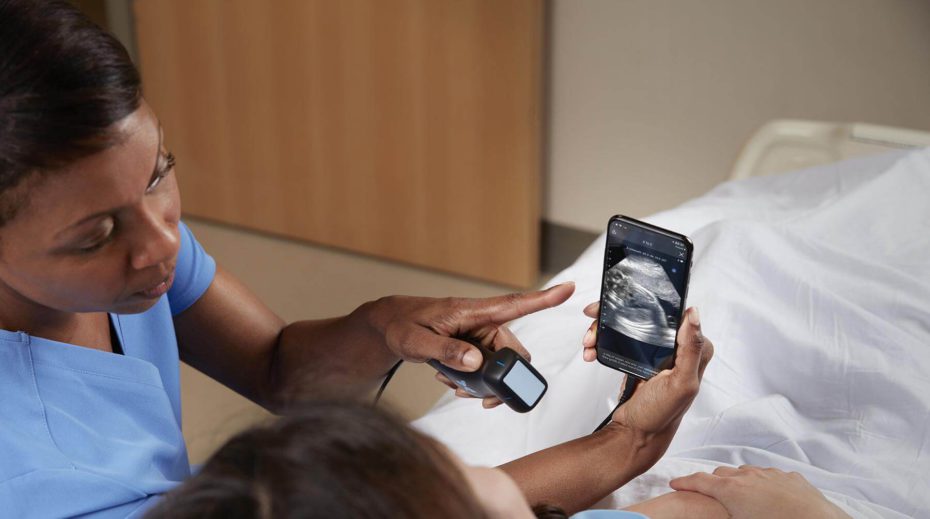Paul Lauterbur, the “father of the MRI,’’ said he owed much of his scientific success to his Aunt Anna, who purchased a subscription to Natural History magazine for him when he was a boy, and a high school biology teacher who allowed him to work independently in the back of the class.
Lauterbur, whose work to develop and promote the MRI won a Nobel Prize in 2003, graduated with a degree in chemistry in 1951 from Case Institute of Technology in Cleveland and received his doctorate from the University of Pittsburgh in 1962. He did much of his research on the MRI while a professor at the State University of New York at Stoney Brook from 1969-1985.
Before Lauterbur, the MRI, then called nuclear magnetic resonance, was used mostly to study chemistry. The work of Lauterbur and Pater Mansfield, with whom he shared the Nobel Prize, applied the science to probing the human body, which led to huge advancements in diagnosing diseases.
Lauterbur was born in Sidney, Ohio, in 1929. His high school, Sidney High School, later named the science wing of the school after him.
By Robert Warren

